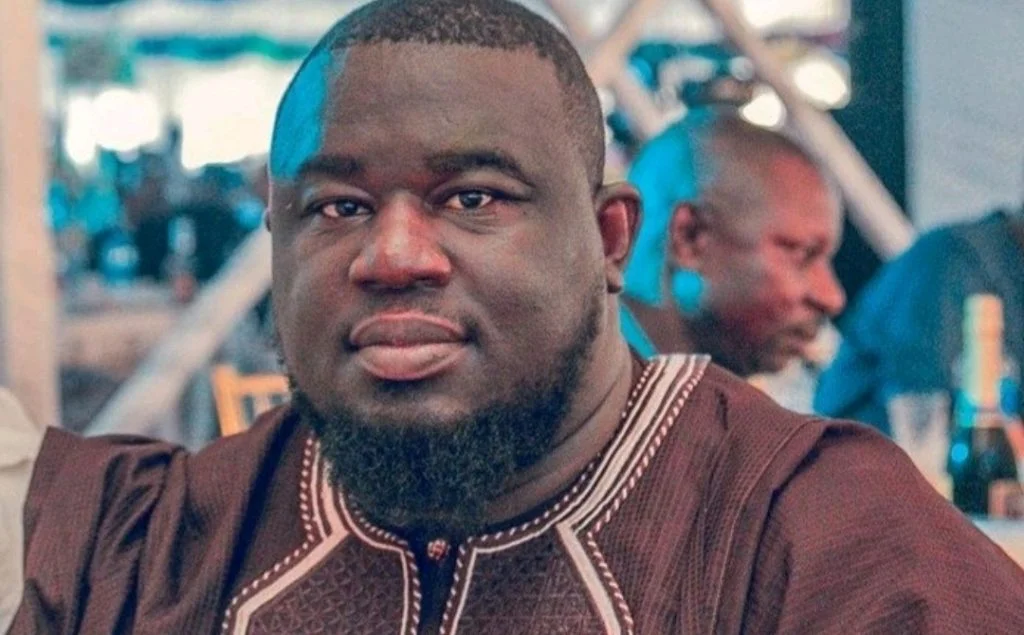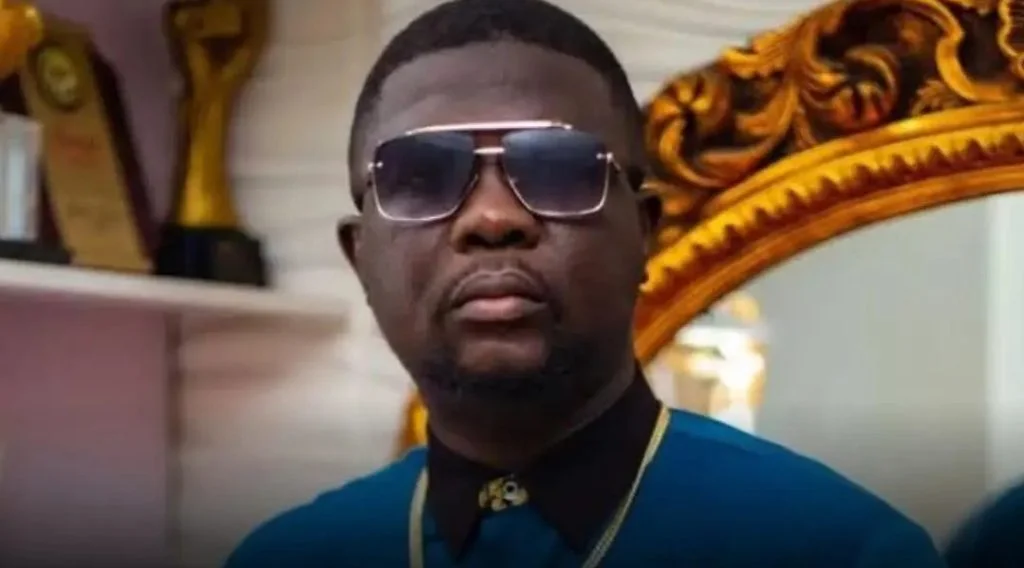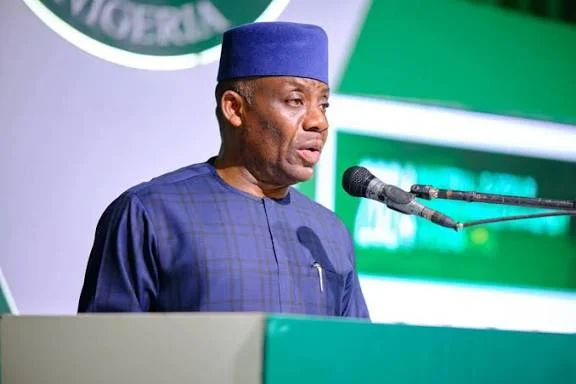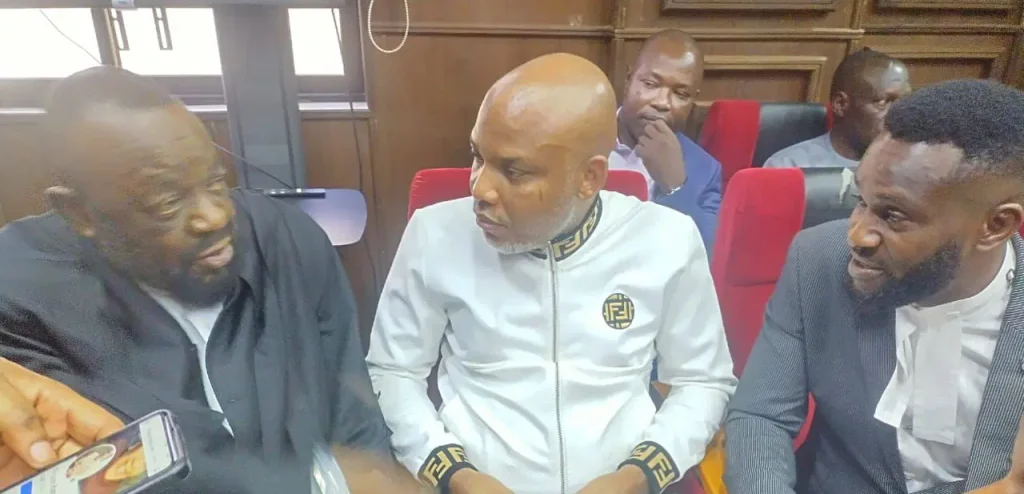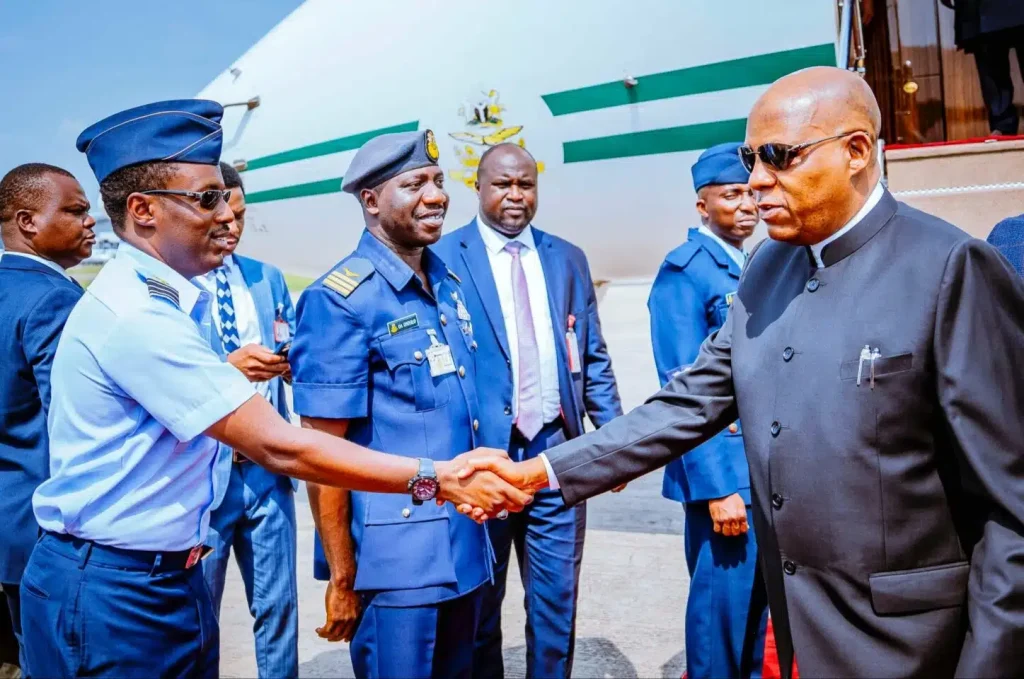Cyber alerts are now part of the daily rhythm in tech, from failed login attempts and brute-force threats to large-scale breaches that trigger headlines and panic. But between the alerts and the aftermath lies the less visible work of designing systems that can stand on their own, systems that don’t just respond to threats, but resist them by default. This is the terrain where Muhammed Olanrewaju has spent the last decade, quietly shaping how cybersecurity is practiced, especially in regions where infrastructure, regulation, and risk evolve side by side.
Unlike many in the field, he doesn’t lead with spectacle. His influence comes through in the frameworks, systems, and habits he helps teams build, whether that’s helping a fintech startup develop security layers that won’t collapse under growth, or advising a telecom firm on mitigating insider threats without stalling operations. His philosophy is simple: if the security can’t scale, it was never secure to begin with.
His work touches multiple sectors; cloud, financial services, communications, public infrastructure, and across these, one pattern repeats: a refusal to separate technical work from business logic. He doesn’t just patch; he interrogates assumptions. He doesn’t just monitor; he maps system behavior. And he’s helped more than a few teams realize that their biggest vulnerabilities weren’t in their code, but in the way they were making decisions.
In one of his publications, Securing the Cloud Ecosystem, he offers a distilled version of this thinking. It’s less a theoretical treatise and more a field manual for organizations grappling with the messy reality of hybrid infrastructure, fragmented teams, and uneven digital literacy.
While he’s not one for public commentary, his work has steadily gained the attention of ecosystem insiders. He’s been tapped to contribute to regional cloud governance frameworks, consulted on infrastructure audits for companies preparing for expansion, and served as a sounding board for CTOs navigating security debt they didn’t create. “His approach doesn’t revolve around threats, it revolves around readiness,” says Kehinde Ayoola, VP of Engineering at Cloudfort Systems. “That’s why his systems hold when others fail.”
What’s perhaps most interesting is how little he talks about threat actors and how much he talks about internal readiness. “The breach already happened, it just hasn’t surfaced yet,” he said at a closed security strategy session earlier this year. “What matters is how ready you are to isolate, recover, and adapt.” That mindset; blunt, unsentimental, but deeply constructive, is what separates him from the performative panic that too often dominates conversations around cybersecurity.
In a space that rewards urgency, Olanrewaju has built a career on patience, pattern recognition, and helping others see security not as a barrier, but as a framework for better decision-making. His work isn’t loud, and it isn’t meant to be. It’s meant to last.





